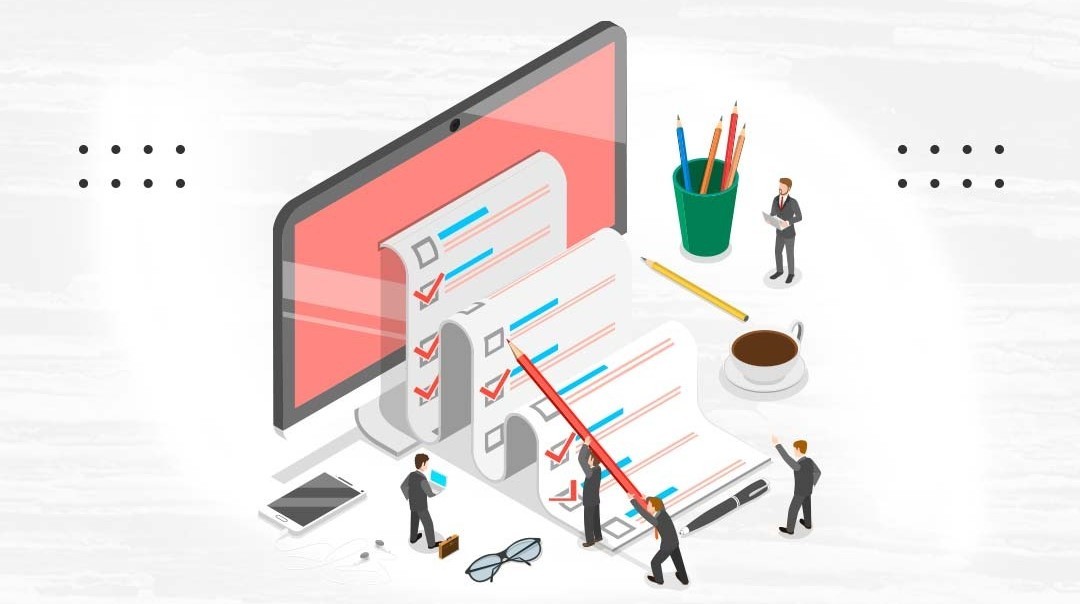
1 year ago
Educational digital content2
المحتوى التعليمي هو كل المهارات والمعلومات والمعرفة والسلوك التي يتلقاها المتعلم من المعلم أو المدرسة أو حتى وسائل التواصل الاجتماعي. يمكن استخدام كافة أنواع الوسائط لتمثيل المحتوى التعليمي وتقديمه بشكل جذاب وفعال، مثل الصور والفيديو والصوت وغيرها.
يمكن أن يأخذ المحتوى التعليمي الشكل المطبوع الكلاسيكي، مثل الكتب والمطبوعات التعليمية، إلا أن التطور التقني زاد من انتشار المحتوى التعليمي الرقمي، مثل الكتب الصوتية والرسوم البيانية والدورات التدريبية عبر الإنترنت والفيديوهات التعليمية وما إلى ذلك.
إن إنشاء المحتوى التعليمي لا يفيد فقط في نشر الوعي حول موضوع ما، ولكنه مفيد أيضًا في تسويق المعلم أو الجهة التي تصنع المحتوى كخبير في هذا المجال. أي أن المحتوى التعليمي يعطي انطباعاً بخبرة المؤسسة أو الفرد الذي يقدم هذا المحتوى، مما يزيد من ثقة المتلقي بهذا الطرف. .
يتطلب إنشاء المحتوى التعليمي أن يكون المعلم أو صانع المحتوى التعليمي على دراية بجوانب المادة العلمية التي يقدمها، مما سيدفعه إلى البحث والتدقيق في هذه المادة، مما ينعكس إيجاباً على معرفته في هذا المجال.
منذ عدة سنوات ساهمت التكنولوجيا في توفير العديد من فرص التعلم عن بعد الاختيارية، حتى أصبحت في نهاية عام 2019 ضرورة بسبب الإجراءات الاحترازية التي فرضتها جائحة كورونا، وأهمها تعطيل الدراسة في المدارس والجامعات . ولهذا الأمر انتشرت المنصات الرقمية والمحتويات التعليمية الرقمية المتنوعة لتلبية احتياجات الطلاب. الاحتياجات التعليمية في جميع أنحاء العالم.
إنشاء محتوى رقمي تعليمي:
يعد المحتوى التعليمي الرقمي من أهم المحتويات التي يتم تداولها بعد انتشار تجربة التعليم عن بعد (أونلاين).
إن الحاجة إلى هذا المحتوى لم تعد نوعاً من الترف، بل أصبحت حاجة ملحة كما ذكرت سابقاً. لذلك، قبل أن نتحدث عن إنشاء هذا المحتوى وأهم الأدوات التي يمكن استخدامها، سنلقي نظرة على أهم مميزات هذا المحتوى التعليمي الرقمي.
مميزات المحتوى الرقمي التعليمي:
Educational digital content and e-learning technologies help achieve many wonderful features that are in the interest of students and the educational process as a whole. The most important of these features are:
First: Digital learning makes students smarter:
Digital learning tools help students develop self-learning skills, which is of great benefit to them.
One of the most important features of this matter is that it helps students determine what they need to learn while mastering the art of searching for information and evaluating available resources.
Digital learning tools also help engage students in the educational process positively and effectively and develop their critical thinking skills. These techniques also help teach children effective cooperative work and reliance on each other in order to achieve success.
Second: Digital learning helps students take responsibility:
Educational digital content makes students more responsible and self-motivated to learn. There are many methods used in creating educational digital content that help students engage in the educational process with greater interest and stronger motivation.
The most important of these methods are group work and problem solving strategies, concept maps, flipped classroom strategies, and educational games.
Digital learning content can also be interacted with more easily because it is more inspiring and gentler than silent textbooks and thus the information can be absorbed better.
Third: Better participation of teachers and parents:
Digital learning tools allow teachers and parents to participate more widely in the learning process. These advantages are not limited only to fast and effective communication, but also extend to helping teachers prepare well for lessons and become familiar with the most important effective teaching methods.
Digital learning tools also help parents use interactive activities that encourage children to learn in an enjoyable way.
Fourth: Educational digital content helps speed up information sharing:
Digital learning tools make it easy to share information at the lowest cost and in the fastest ways.
Through digital learning methods, students can access information easily and obtain what suits their needs in a customized manner. These technologies also help save the high cost that was paid in order to access information and educational resources.
Fifth: Increasing students’ ability to join the technological labor market:
When children at an early age become accustomed to using technology to learn and search for information, this is reflected in their experience in this field. These technologies also help to master many skills such as problem solving, decision-making, and collaborative methods in learning. These skills are among the most important skills that are in high demand. They are used in labor markets in many parts of the world. Training students in these skills from a young age helps them easily meet the requirements of the labor market.
سادساً: معالجة عيوب طرق التعليم التقليدية:
يساعد إنشاء محتوى رقمي تعليمي إبداعي في التغلب على الكثير من السلبيات التي اعتدنا عليها في طرق التعلم التقليدية. وأبرز ما تعالجه هذه التقنيات هو هدر الوقت، والاكتظاظ في الفصول الدراسية، والتعلم المرتبط بالحفظ والحفظ فقط.



